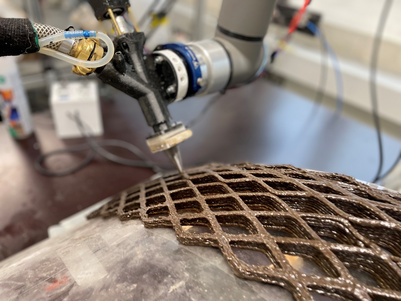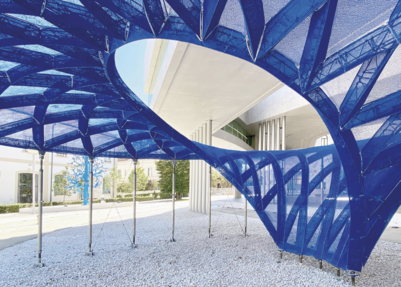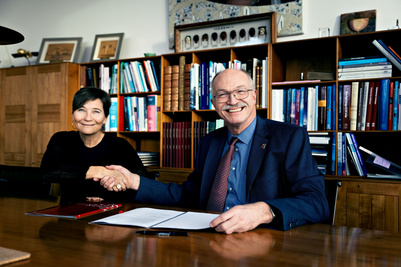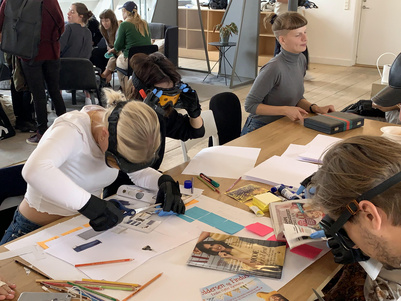Master’s Graduation Project 2015: With Your Back to the (Blockwork) Wall
Many architects dream of creating large, iconic structures such as opera houses, museums and skyscrapers. But architecture can also be about something as basic as building materials and ways of using them. In his Master’s graduation project, architect Thorbjørn Henriksson explores the extended potential of the humble brick and enjoys the view with his back to the blockwork wall.

What is your Master’s graduation project about?
My final project originates from my fascination for blockwork, i.e. masonry built of homogeneous modular blocks. This could be constructed using breezeblocks, but I worked with blocks of porous brick. I used the project to study the possibilities and limitations of blockwork and, through a specific project aimed at community family homes with a pottery workshop in Vindegade in Odense, to uncover its architectural potential.
My fascination for blockwork is rooted in its material simplicity. A typical layered façade quickly becomes complicated, throwing up a series of challenges when insulation, membranes, vapour barriers, exterior veneers and interior walls have to join. Blockwork is inherently much simpler. And because it fulfils the constructional requirements and the thermal-insulation requirements of an exterior wall, you do not need to think of insulation. The result is a uniform exterior wall.
An exterior wall consisting of only one material offers a great deal freedom in the design phase, not to mention less complicated project engineering and construction. Blockwork also provides a sufficiently good seal, making a vapour barrier unnecessary and giving the full benefit of blockwork’s ability to absorb, distribute, store and release moisture and heat. Instead of being a climate barrier, blockwork works as a climate buffer between the outside and the inside. The end result is a healthier and more comfortable indoor climate.
From a sustainability perspective, blockwork also has greater advantages over layered masonry walls constructed using a variety of different materials. When it has to be demolished, the homogenous construction material of a blockwork wall can quickly be sorted and reused, for example as road-base material.
In other words, blockwork is a rational, liberating and environmentally friendly way of building, and it has inspired me greatly.
Why did you choose to work with an external partner?
For me, it is important to find synergies between architectural visions, materials and final construction. As an architect, I think that it is interesting to become involved in the development of new materials and construction technologies that relate not only to innovative construction practices, but also to architectural solutions. In this respect, it was natural that I should contact Wienerberger, who were very helpful. They offered advice and were an invaluable sounding board and source of advice on the subject of brick and its constructional properties. This helped me to qualify and organise my thoughts and ideas.
Through my discussions with them, I discovered that, without having to completely rethink structural design, it is actually possible to build with brick up to a height of 7 to 8 storeys, rather than the current maximum recommended height for brick construction of 2½ storeys.
What do you consider to be your greatest strength as a KADK architecture graduate?
Through the course of my studies, I received instruction and guidance, and I also participated in high-level courses, workshops and lectures. We also touched on many different branches of architecture. All this has provided me with a broad foundation and the opportunity to find my own area of interest as an architect. I have been equipped with the tools needed to succeed within the profession. But, just as importantly, I have ‘learned to learn’ and come to realise that architecture is a lifetime’s study that, thankfully, you will never complete!
Where would you like to see yourself in 5 years?
I hope that in five years I will still be able to take a scholarly and investigative approach to the discipline. I would like to continue along the lines of my final graduation project: working with construction materials, tectonics and the final construction process.














